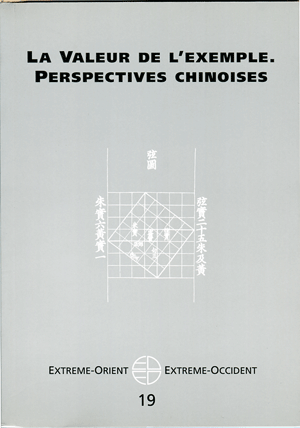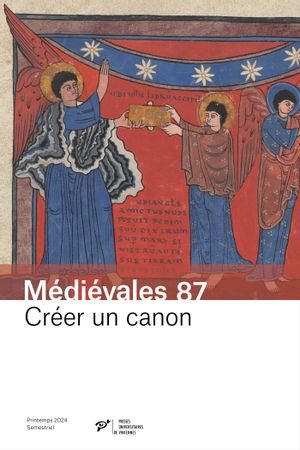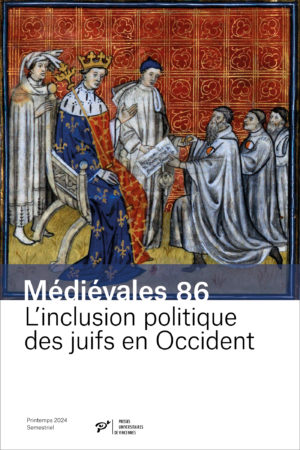Jérôme Bourgon : « The Legal Virtues of the example »
This article aims at specifying some features of the example in the legal field. The citations of Classics in order to support legal decisions have given birth to legal categories, like non-intent or adoption : in this case, the example was used to create a norm. The system of “Eight Characters” enabled the interpretation of codified laws by combining analogical examples, with a didactic purpose. Hexagrams from the Yi jing have served as a schema of the judicial apparatus and the qualities required from the judge while the system functioned. These various forms of examplification exhibit the vitality of jurisprudence within a codified and systematized legal framework.
Christian Lamouroux : « Between signs and precedents – Notes on the historical writings of Ouyang Xiu (1007-1072) »
Ouyang Xiu’s idea of the historical example was closely related to the new approach of the Chunqiu advocated by the supporters of the Ancient prose movement. They criticized the commentaries of the Classic since they were suspected of misrepresenting facts. So, Ouyang examined the two histories of the Tang and the Five dynasties, in order to shed light on the lessons of those troubled times, just as Confucius was reputed to have done in his chronicle. On the one hand, the corpus of dynastic history is to be seen as exemplary : located in historical continuity, every fact from the past is constitued as an edifying precedent. On the other hand, given that facts from the past are selected to put present politics in perspective, every fact is also a sign. Thus, even if Ouyang observed order and turmoil from the dynastic framework, his appreciation of political continuity prepared the ground for breaking with the dynastic framework.
Anne Cheng : « The value of example »
The present review of texts illustrating the Chinese, and more specifically Confucian, conception of the use of example and exemplarity of the Sage leads one to raise questions differing from those that usually spring to mind (such as the general vs the particular), and eventually to envisage the possibility of another kind of relationship between knowledge and action.
Karine Chemla : « What is a problem in the mathematical tradition of ancient China ? »
The ancient Chinese work The nine chapters of mathematical procedures (1st century B.C. or A.D.) is composed of problems that are particular in two respects, and of general procedures to solve them. A commentator of this text, Liu Hui (3rd century), reads them as many “examples” to be followed so as to solve problems of the same category. By studying those questions that Liu found the need to resolve by changing the nature or the data of terms in the classic, one can analyse how, in ancient China, mathematical practice put into play the context of problem as such.
François Hartog : « The Greek Case : from ktêma to exemplum through Archeology »
When and how were the Greeks led to a conception of history as “full of examples” and “master of life” ? The first historian (Herodotus)’s concerns contained nothing similar. Thucydides did propose his history as an accomplishment for ever, but genuine history for him concerned only the present, not the past. The past became a referent for the present and provided a model for emulation only towards the beginning of 4th century BC, following Athen’s defeat in the Peloponnesian war.
Geoffrey Lloyd : « Exempli gratia : to make an example of the Greeks »
All possible functions fulfilled by instances can be found both in China and in Greece. However, a given social practice of knowledge went along with the development, in Greece, of a singular formal analysis of reasoning based on examples. Initiated by Plato and completed by Aristotle, this analysis downgraded such reasoning in two ways with regard to proofs. The axiomatico-deductive organisation of knowledge in Euclid and Archimedes that echoes this demand masks the fact that the mathematical burden of proof still bears on particular figures. A new contrast is thus drawn between Greek and Chinese mathematical traditions, with respect to the various ways of managing the example.






